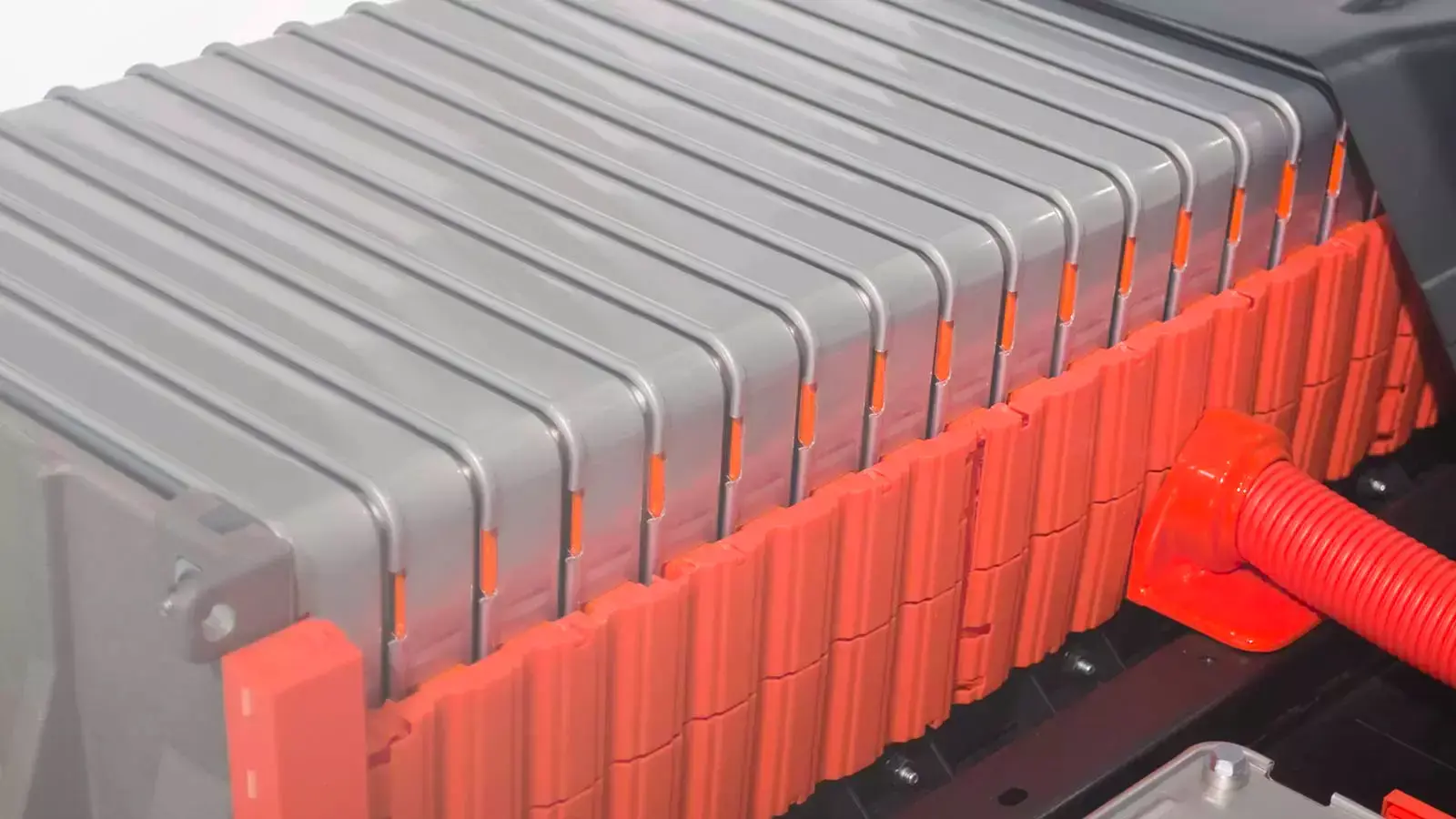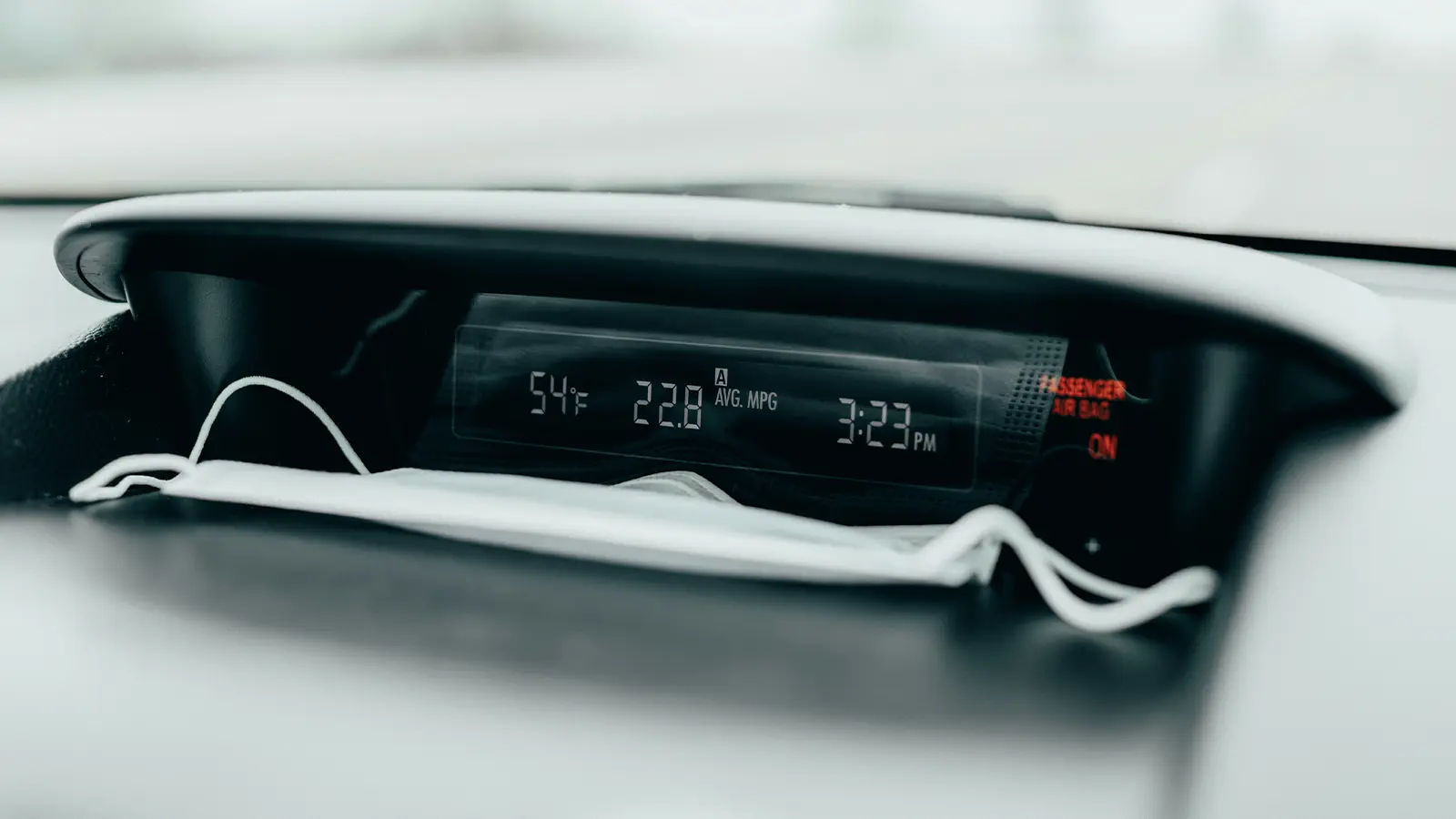Charging Habits & Battery Performance
The way you charge your electric vehicle (EV) has a direct impact on how long the battery lasts and how well it performs. This article explains which charging behaviors are healthiest for your battery and which to avoid, whether you're charging at home or on the road.
Why Charging Habits Matter
EV batteries are built to be durable, but they are still affected by how often and how aggressively they are charged. Smart charging practices reduce chemical stress inside the battery, preserve long-term capacity, and can even help avoid costly repairs or early replacements.
1. Keep Charging Between 20% and 80% for Daily Use
Most battery experts and manufacturers recommend avoiding regular full charges or deep discharges unless absolutely necessary.
- Why it helps: Staying within this middle range reduces voltage stress and slows degradation.
- When to charge to 100%: Only when you need maximum range, such as for a road trip or long day of driving.
- Avoid regularly dropping below 10%, which can put strain on the battery management system.
Many EVs offer a charge limit setting in the vehicle or mobile app, set it to 80% for daily charging to automate battery-friendly habits.
2. Use Level 1 or Level 2 Charging When Possible
Slower charging methods are gentler on your battery than high-powered fast charging.
- Level 1 charging (120V) adds about 3 to 5 miles of range per hour and is best suited for overnight top-offs, especially for plug-in hybrids or drivers with low daily mileage needs.
- Level 2 charging (240V) delivers 12 to 40 miles of range per hour and is ideal for daily charging at home, work, or public stations.
- DC Fast Charging can bring your battery to 80% in about 20 to 45 minutes, depending on your vehicle and charger speed. This option is designed for long-distance travel or emergency use, not daily top-offs.
While fast charging is convenient, using it too often can generate excess heat and accelerate battery wear. Most EVs will automatically slow down charging speeds when the battery gets hot or nears full capacity, but to preserve long-term battery health, it's best to rely on Level 1 or Level 2 charging whenever possible.
3. Avoid Charging Right After Driving
Your battery warms up while driving, and immediately plugging into a charger, especially a fast one, can compound that heat. If possible, let the vehicle rest for 30–60 minutes before fast charging.
- This gives the thermal management system time to stabilize the battery.
- Charging while the battery is already hot increases internal resistance and accelerates wear.
In contrast, charging while the battery is cold (especially in winter) may result in reduced charging speed until the battery warms up.
4. Precondition the Battery in Hot or Cold Weather
Many EVs allow you to precondition the battery and cabin using the app or scheduled departure features.
- In winter, this warms the battery to an ideal temperature before you start driving or charging.
- In summer, it can cool the battery to avoid excessive heat buildup.
Preconditioning is most effective while the vehicle is still plugged in, so it draws energy from the charger instead of the battery.
5. Avoid Keeping Your Battery at Full or Empty for Long Periods
Leaving your battery fully charged or deeply depleted for extended periods increases stress on the battery cells, especially in extreme temperatures.
- If parking your car for a week or more, store it at a 40% to 60% state of charge.
- Most EVs automatically manage battery drainage during long-term storage, but it’s smart to check periodically.

6. Use Scheduled Charging to Sync with Off-Peak Hours
Many EVs and chargers support scheduled charging. This allows you to:
- Take advantage of lower utility rates at night
- Keep the battery cooler by charging during cooler parts of the day
- Automatically stop charging at 80% if you’ve set a limit
Smart charging also contributes to a more stable power grid and can reduce your household’s environmental footprint.
7. Monitor Battery Health and Charging History
Some vehicles offer detailed battery diagnostics through the infotainment system or mobile app.
- Track charging speed trends and range predictions over time.
- Watch for any sudden changes, which could indicate a battery or charging issue.
- Set alerts or limits for overcharging if your EV supports it.
Final Thoughts
The best thing you can do for your EV battery is treat charging as a daily routine, not a race. Charging more slowly, partially, and thoughtfully extends battery life, reduces costs, and improves your driving experience.
Your EV Battery Learning Journey Continues
Exploring EV battery fundamentals:
← Go Back: EV Battery Health and Lifespan: What You Need to Know
Discover Next: Temperature and Your EV Battery →












